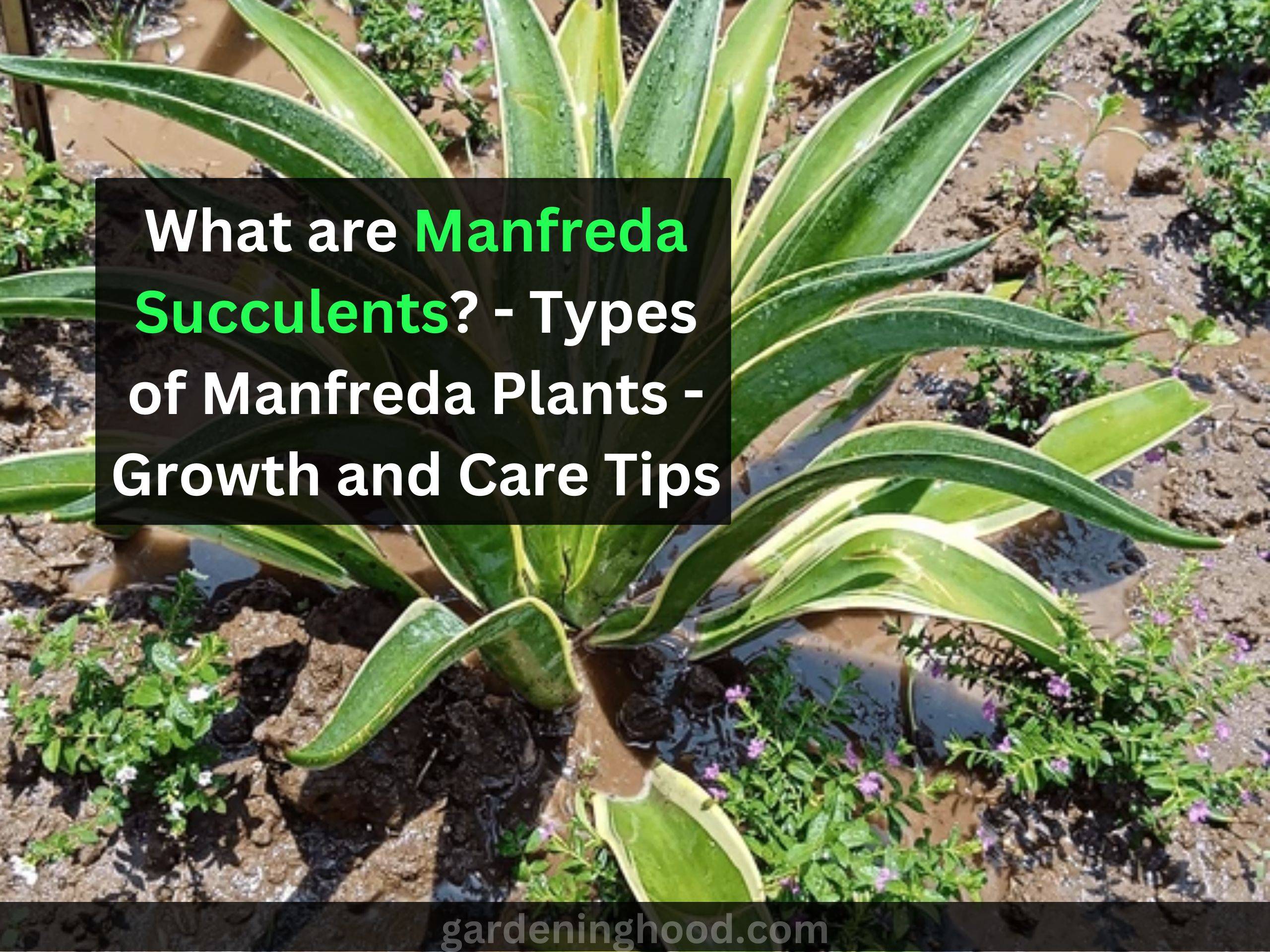What is Topsy Turvy Plant? – How to Grow, and Care for Topsy Turvy Echeveria?
Ever thought of growing a Topsy Turvy plant in your garden area? If not, then I must say it’s your mistake, as this plant adds so much value to your garden. You must be thinking, why am I praising this turvy plant? What is in them? You will get all the answers; just wait and read.
Here, I have explained all in detail about Topsy Turvy plants. Not just this, you will get step-by-step ways that will help you to grow them in your garden.
Key takeaways:
- Echeveria is an evergreen flowering plant that belongs to the Crassulaceae family.
- Echeveria is among the most prominent succulents of all the numerous varieties.
- This plant is native to Mexico and is one of the many Echeveria varieties that have been domesticated.
- It is one of the most popular and attractive succulent plants that require little care.
- The leaves of the topsy turvy plant reach a height and width of 8 to 12 inches.
- This succulent, also known as Silver Spoons or Topsy Turvy Echeveria, is a lovely and hardy plant that has delighted gardeners for several years.
Topsy Turvy Echeveria Plant Facts:
| USDA Hardiness Zones: | 9-11 |
| Foliage Color(s): | Green, Blue-Gray |
| Exposure: | Full Sun |
| Height: | 8-12 Inches |
| Spread: | 8-12 Inches |
| Soil Type: | Porous, Rocky, Sandy |
| Habit: | Compact |
| Watering: | Dry |
| Drought Tolerant: | Yes |
| Uses: | Indoor/Outdoor |
| Other Uses: | Rock & Container Gardens |
| Type: | Succulent/Annual |
| Scientific Name: | Echeveria runyonii ‘Topsy Turvy’ |
| Common Name: | Topsy Turvy Echeveria |
| Other Name(s): | Mexican Hen & Chicks |
Let us get started to know more about the Topsy Turvy plant or Topsy Turvy Echeveria in detail.
What is a Topsy Turvy Plant?
The Topsy Turvy plant is an award-winning cultivar of Echeveria that is easy to grow even for novice growers. The Topsy Turvy plant produces rosettes of leaves that reach a height and width of 8 to 12 inches. Echeveria was named “Plant of the Month” in October 2010 by The Garden Path magazine and received the prestigious Award of Garden Merit from the Royal Horticultural Society in the United Kingdom.
These succulents are now available in a variety of retail nurseries, and perhaps most succulent collectors own at least one Echeveria Silver Spoon. Deer and rabbits aren’t very fond of Silver Spoon Echeverias, so you didn’t have to think about them eating your plants.
Where do you propagate the Topsy Turvy plant?
Do you know where you should plant this? As Echeveria is not cold-resistant, it’s better to grow it in a box that can be moved indoors if you reside in a zone where the temperature drops below 20° F (-6.7° C). It thrives in full to partial sunlight.
Plant at a location in your yard that receives 6 hours of direct sunlight per day. If you’re growing indoors, choose a space with plenty of light, including a room with a southern-facing window.
How do you propagate the Topsy Turvy Plant?
Do you know how to grow the Topsy Turvy plant in your garden? If not, then you are at the right place to know about them. There are various ways by which you can propagate them. In this guide, you will be able to understand how to grow them.
Though it is a simple process for propagating them it is not that easy, you need to keep them in a dry and sunny location. Let us discuss the ways of propagating them:
Propagation with the help of leaf cuttings-:
You can grow Topsy Turvy with leaf cuttings, you have to follow the process:
Step 1- Firstly, you have to remove a leaf from the plant.
Step 2- then, bring them to an area where they can receive light indirectly.
Step 3- Let the leaves be callous at least for some days until you lay them at the top of dry potting soil in a jar or box.
Step 4- Now, you have to cover that leaf with the soil that contains moisture.
Step 5- Don’t touch the mixture, let it be moist only.
Step 6- Have a check on the leaf, if it has mixed in the soil.
Folks, you can plant them in the jar at your convenience. Make sure to keep that container moist and well-drained.
Propagation of Topsy Turvy by offsets:
Another way of developing the Topsy Turvy plant is to do it by offsets, following the steps:
Step 1- Firstly, you have to separate the small rosette and the mother rosette.
Step 2- Now, you need to plant that small rosette in a jar or container. Make sure to use drained potting soil.
Step 3- You have to water them unless you find new growth there.
Step 4- Now, check if the offsets seem to be tall like ½ inch to ¾ inches, you can easily transplant them in your separate jars or containers.
How do you care for the Topsy Turvy Echeveria?
Hey folks, do you know what is the main step after growing any plant? It is that you need to take care of them respectively. Let us know about the caring tips for this plant in detail:
Light
It needs Partial light like Poinsettia. These plants thrive near a sunny window and can even thrive in direct sunlight. It’s ideal to grow them in containers so that they can be moved inside during the winter. The recommended quantity of sunlight every day is around 6 hours.
Nutrition
Around every six months. Fertilizing is not necessary for ‘topsy turvy’ because they naturally grow in soil that is deficient in nutrients. They are prone to burning as a result of over-fertilization.
Humidity
Humidity should be Low. This Echeveria requires low humidity yet can thrive in humid conditions. It’s important not to wet or mist the leaves; instead, pour them back into the ground.
For more such plant related-articles, you may also read, What is Graptoveria Succulent? – How to Grow, Care Graptoveria Succulents?
Water
Water the plant at least twice a week. While ‘topsy turvy’ has a minimal water requirement, it ensures sufficient watering in the summertime. Because it is water-sensitive and waits until the soil has dried before rewatering.
Soil
The Soil needs to be Well-drained. This succulent likes alkaline, quick-draining soil. Root rot is caused because of moisture. These are best planted in a mixture of cactus soil and perlite. The general principle is that the soil should be “sandy” and coarse-grained.
Topsy Turvy plants Succulent Varieties:
There are different varieties of topsy turvy plant succulents. Which grow with Blue blue-green leaves with pink tips. The formation of the leaves is in rosette. They are water-conservative plants just like cactus which is the most popular and beautiful succulent plant. Here are different varieties of the plants:
- Echeveria topsy turvy
- Sedum topsy turvy
- Kalanchoe topsy turvy
- Crassula topsy turvy
Signs to Avoid:
Here are some signs you need to avoid for growing Topsy turvy plant succulent:
- If the leaves of the plant are turning yellow.
- The leaves are becoming transparent.
- The stem of the leaves is turning black.
- If the leaf of the plant is falling off easily.
What is the Hardiness Zone?
It is important to grow the plant according to their environment zone and growing succulent also depends upon their environment. Adding a succulent plant to your garden you need to make sure the environment for the plant is appreciable or not. For that, you need to research the type of plant you can grow based on your hardiness zone. After knowing the hardness zone you can buy or seed the succulent plant accordingly.
Succulents are very particular about their growing environment. If you want to plant Topsy Turvy plant succulents in your garden, you must make sure that the climate and succulent match the appropriate succulents.
How to fertilize Echeveria topsy-turvy plants?
For drawing the Topsy turvy plant you need to know how to fertilize them as fertilizing the plant is beneficial. The right time for application of fertilizer is in Early Spring or after every four months. The ratio of the fertilizer should be in balanced NPK 10-10-10 diluted form for mature plants and for applying in young plants you need a fertilizer having lower nitrogen content.
Wrapping up the context
Last but not least, planting Topsy Turvy is not easy but it can be simple if you read the whole article and follow the instructions. So, plant them in your yards or nurseries to add more value to your garden. The Topsy Turvy plant can enhance the aesthetics of your garden. I hope the article will be useful for you all.


